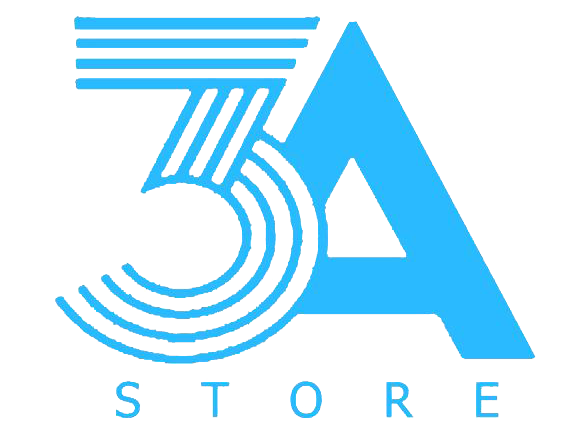When you’re searching for investors, preparing for selling your business or just want to know the extent of the value of your business, having a reliable valuation is crucial. But there are many different methods to assess a company’s value, and choosing the right method depends on your objectives and the circumstance at hand. In this article, Windes explores some of the most popular methods of determining a company’s value and explains the advantages and disadvantages of each.
Book Value
The book value method is a sum of all assets and liabilities in your company’s accounting which includes tangible and non-tangible assets, such as inventory, equipment, and property. Net worth equals assets minus liabilities. Pros: This is a simple and quick method to calculate a company’s liquidation value. This is the amount it would worth if all its assets were sold today at fair market value. Cons: This method may leave out intangible assets or debts that may be accrued over the course of.
Revenue Multiplier
To assess the worth of a company, multiply its sales revenue by an industry multiplier. For example, a virtual reality design studio might have high revenue but little profit, whereas the manufacturer of typewriter parts could have lower revenues but higher profits. This is a great method for tracking Read Full Article https://dataroomsolutions.blog/next-gen-document-management-the-virtual-data-room-revolution/ growth and predicting future earnings, but it doesn’t take long-term business expenses into account. It’s therefore best suited to smaller companies that don’t require large capital investments or loans to run.





